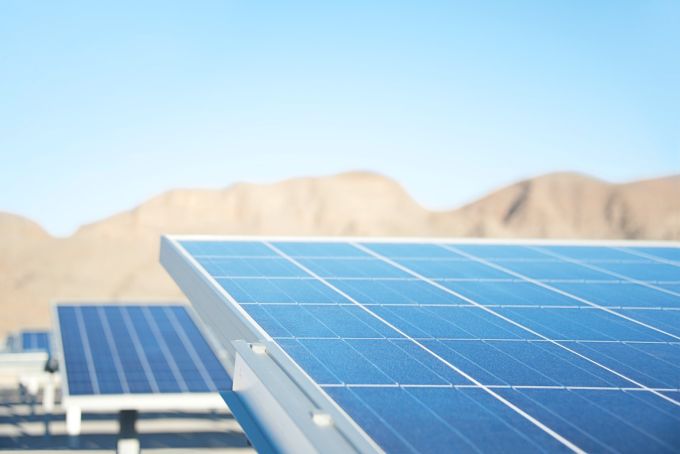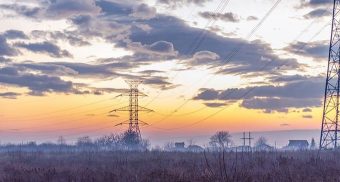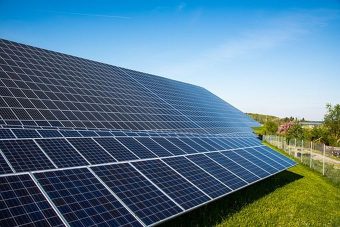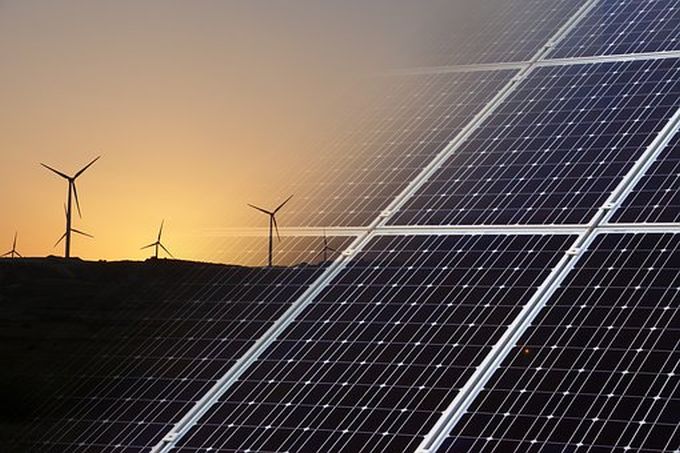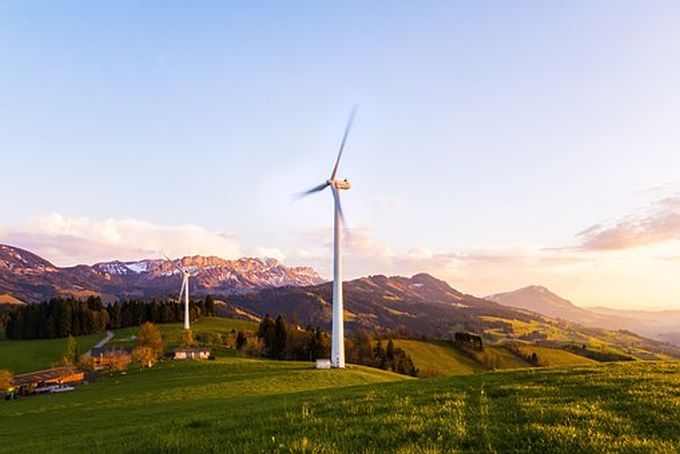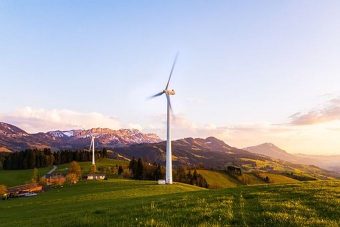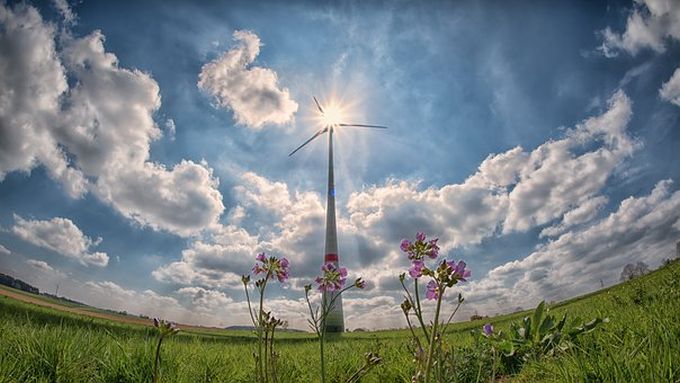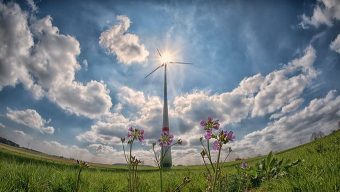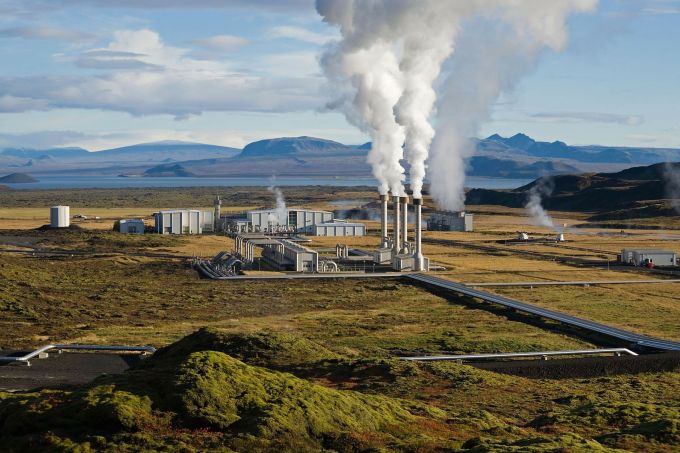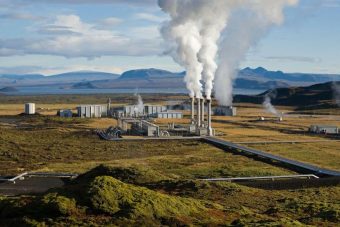
ABB is on the move. The Swedish company has recently expanded into the US by purchasing GE’s Industrial Solutions division, announced a new EV charger with up to 350 kW of power, and agreed to build the largest lithium ion battery manufacturing plant in Europe in partnership with Northvolt.
But that is just the tip of the ABB iceberg. The company is also heavily involved in building solar power plants, including one in the Atacama Desert, a 1000 kilometer strip 400 miles north of Santiago, Chile. The Atacama is one of the harshest climates in the world. Temperatures soar to over 40º C during the day and plunge to -5º C at night. It is also one of the driest places on earth.
Known as El Romero, the 246 MW facility covers 700 acres of desert and can produce 500 megawatt-hours of electricity annually — enough to power 240,000 homes. Compared to coal-fired generating facilities, El Romero can keep 473,000 metric tons of carbon dioxide out of the atmosphere each year.
The main customer for the power created by the El Romero solar power plant is a data center for a global tech company. Spanish independent power producer ACCIONA was engaged to make the electricity from El Romero into an uninterruptible power supply for the data center. Solar inverters from ABB were a big part of that process.
“The El Romero Solar Plant was a huge feat of engineering in hostile conditions that saw ABB work closely with ACCIONA to install solar solutions that provide 100% of the data center’s clean energy, says ABB spokesperson Alfredo Diez-Hochleitner. “We are proud of our ongoing investment in energy efficient solar technology that can operate in the most challenging environments, together with our ability to work closely with our partners to develop bespoke solutions, which has created an outstanding solar plant for the future.”
The El Romero project included the installation of 60 ABB inverter stations, each rated at 3.6 megawatts. Each inverter site houses two to three inverters in a structure with its own auxiliary power, monitoring, and air filtration systems. The ability to deliver continuous power supply for a data center from the desert power plant was critical to the installation. The ABB UPS system provides protection against power failures, voltage regulation, power factor correction, and harmonics.
Jose Ignacio Escobar, general manager for ACCIONA Energia Chile adds: “Renewable projects as ambitious as the El Romero Solar Plant contribute decisively, so that clean energy can occupy the place it deserves in a sustainable energy model for Chile and the rest of the world.”
Source: cleantechnica.com


